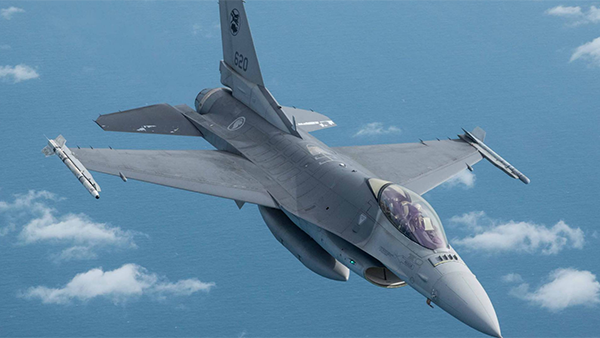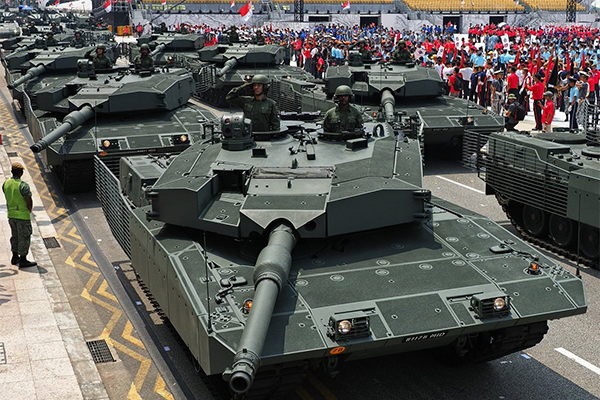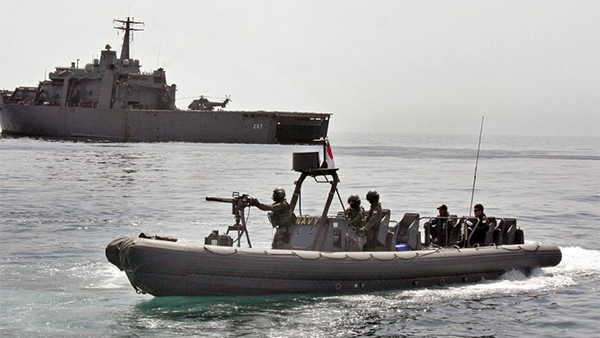Singapore's Approach to Defense: From a Poisoned Shrimp to the Dolphin
In this newsletter, we explore why Singapore is an excellent offshore location to store gold and silver from the perspective of whether the country is able to defend itself from invasion and military attacks.

“In a world where the big fish eat small fish, and the small fish eat shrimps, Singapore must become a poisonous shrimp.”
This quote is from modern Singapore’s founding Prime Minister, Lee Kuan Yew - the man described by former US President George H. W. Bush as “one of the brightest, ablest men… one of this century’s truly visionary statesmen.”
The quote summed up how Singapore, though small and vulnerable, would be deadly to aggressors when attacked and it was Singapore’s defense strategy from independence in 1965 till the 1980s. As the poisonous shrimp, Singapore’s ‘guarantee’ was to exact a heavy price on potential attackers. For this strategy of deterrence to be effective, adversaries have to believe that Singapore ‘walks the talk.’
To this end, Singapore has consistently had one of the largest defense budgets in the Asia-Pacific region. For 2021, Singapore’s defense budget of USD 11.56 billion is nearly three times that of its closest neighbor Malaysia and 25 percent more than Indonesia – the largest country in Southeast Asia.
The Singapore Armed Forces (SAF) arsenal is dominated by American, Israeli, and Western European equipment. The Air Force has more combat aircraft than larger countries such as Malaysia, Thailand, Switzerland, Belgium, or Canada. Singapore is also the first country in Southeast Asia to purchase the US-made F-35B Joint Strike Fighter, which takes off from shorter runways and land vertically – features that benefit a small country.
Singapore’s Navy has within its ranks stealth frigates and submarines, all customized to operate optimally in Singapore’s warm, shallow, and noisy waters. The Army can raise an operationally-ready conscript force of 400,000, with the potential for that number to rise to over a million with reserves included.

Singapore Leopard 2A4 Tanks at a past National Day celebration parade.
While military numbers are something to boast about, what sets Singapore apart from its neighbors is its ability to integrate its technology and equipment into a single cohesive fighting force. The SAF is known to have a high level of interoperability between military branches.
To overcome space limitations to train its forces, Singapore diversifies its military personnel and assets in bases in the US, Australia, Brunei, New Zealand, and Taiwan for training and the ability to stage an effective counter-strike in war.
As modern threats evolve, Singapore has changed its “poison shrimp” posture since the 1980s to the current “dolphin” strategy – an allusion to agility, intelligence, and quick reflexes that allow it to be friendly but can yet kill when provoked. Singapore looks to fight swiftly and decisively to avoid protracted, drawn-out conflicts.
Unbeknownst to many, Singapore also has a thriving military hardware manufacturing industry which underscores its commitment to defense technology. Collaborations between the Defence Science & Technology Agency and ST Engineering have developed arms including the SAR21 assault rifle, BRONCO All-Terrain Vehicle (with 100 sold to Britain), Terrex Armored Personnel Carrier (evaluated by the US Marine Corps), armored fighting vehicles, drones, and howitzers. Singapore is consistently ranked globally within the top 30 countries for arms export by total volume.
Regardless, military defense is but one pillar of the country’s defense strategy. Being a small city-state, Singapore is not new to harnessing bilateral relationships to navigate sensitive issues with larger countries. The government pursues a balanced foreign policy, preferring to stay neutral or play the role of a mediator. An example was Singapore’s selection to be the 2018 United States-North Korea summit’s host for the first-ever meeting between leaders of both countries.
Consciously making friends globally and being useful underscores one of the first layers in Singapore’s onion approach towards defense. Today, Singapore has diplomatic ties with over 150 countries and plays an active role in the regional and global communities such as the UN, WTO, APEC & ASEAN. The country is the United States’ closest strategic partner in Southeast Asia and also has good relations with China.
For years, Singapore has been helping other countries. Examples include assisting in peacekeeping operations in East Timor in 1999, deploying manpower for global tragedies such as the Tsunami of 2004, sending its stealth frigate to join international anti-piracy patrols in the Gulf of Aden, and most recently sending oxygen cylinders and containers to help India with its COVID-19 fight.

Singapore has participated in international counter-piracy efforts in the Gulf of Aden since 2009.
While having the best military in the region is excellent as deterrence against armed conflict, Singapore’s pragmatic approach towards defense is intertwined with its economic prosperity and the trust it has gained with foreign investors. Beyond defense, the city-state consistently ranks top for being the best place to do business internationally and is one of the safest cities in the world.
When it comes to storing precious metals like gold and silver offshore, global investors have oft looked to Switzerland or the Cayman Islands, and they have their place to be sure. However, Singapore should be a serious consideration for its commitment to defense and the twin assurances of safety and confidence. It consistently punches above its weight in nation-building and packs some serious heat for a country of its size.
